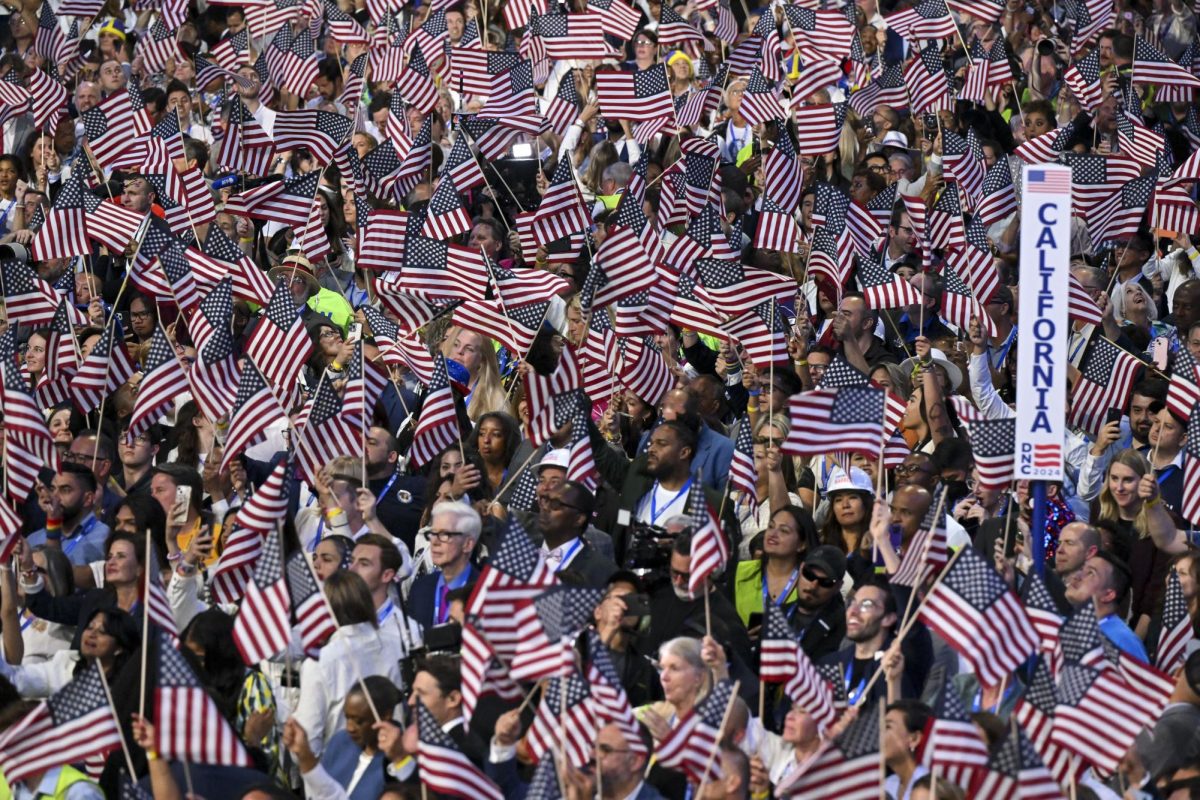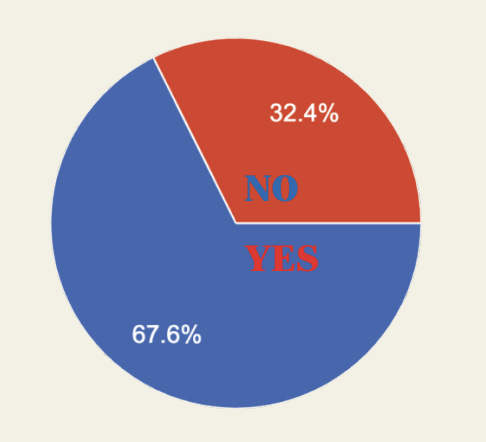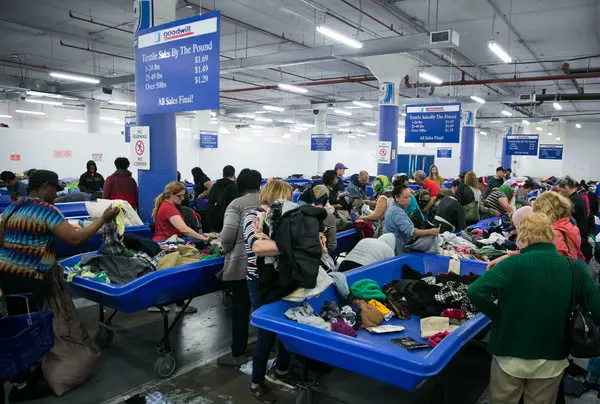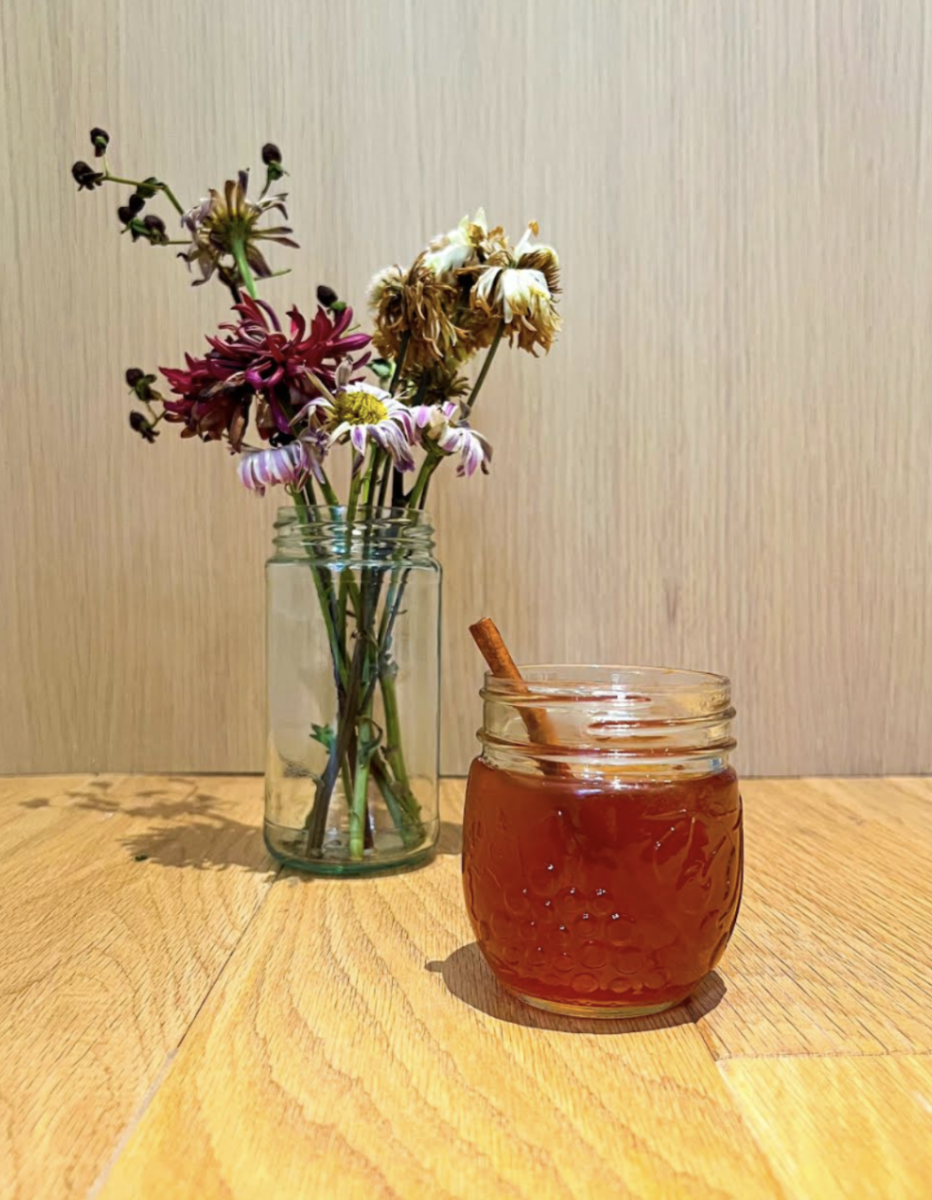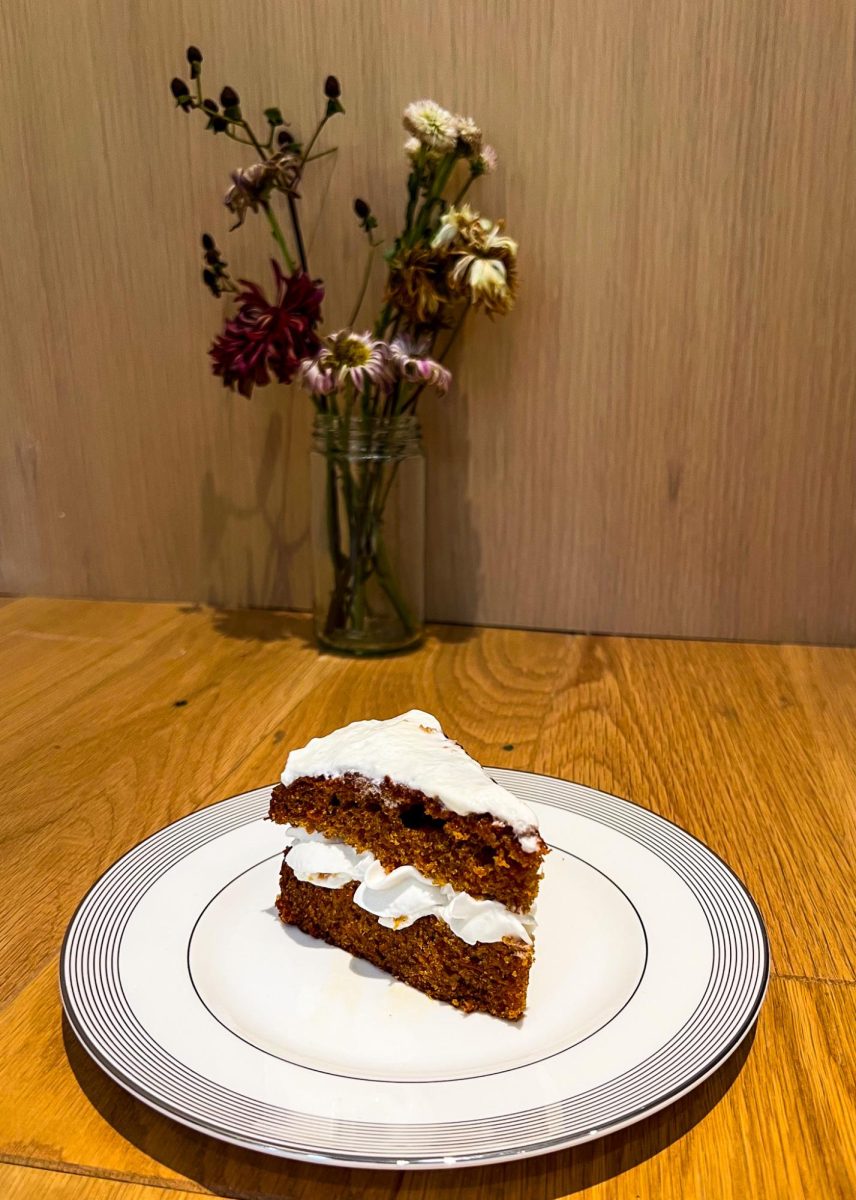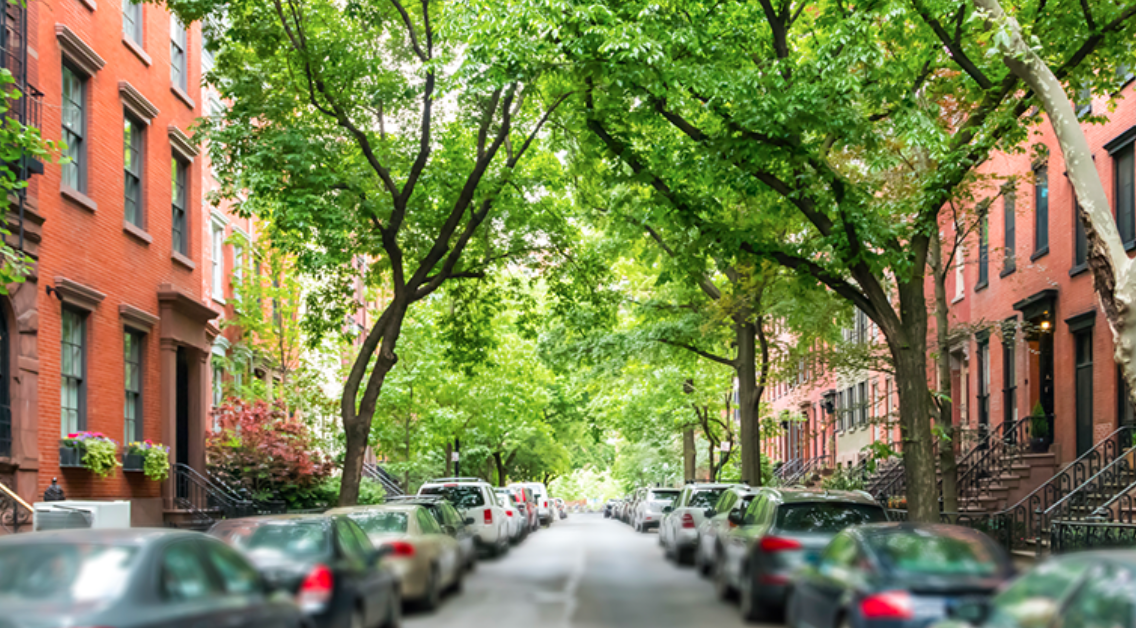Seasonal allergies during spring have always been a part of life for many New Yorkers, but they are getting worse. The increase in pollen allergies has to do with many factors, including the type of trees in the city, as well as climate change.
The pollen problem begins with the trees that the city decides to plant. The city selects trees according to the amount of litter and seeds they produce, as well their ability to withstand harsh weather conditions and disease, paying little regard to the amount of pollen the trees shed. Civic planners often settle on monoecious trees such as the Norway Maple, usually opting to plant male specimens, as they do not produce fruit and seeds which would litter sidewalks, but they do produce pollen. There is not a lot of diversity in tree selection in the city; ten species of tree make up three quarters of the variety of trees, many of these species producing significant amounts of pollen.
Climate change is another major reason why pollen allergies are worsening in the city in the long-term. Early May is usually the worst time for those with pollen allergies, but climate change is spreading that season out. Global warming is making spring last longer through slight increases in temperature, which cause spring thaw to start earlier, leading to longer stretches of bad pollen exposure. Pollen allergies can now cause issues for people as early as February, with symptoms stretching into the summer. These trends will only continue to worsen as global warming continues.
Over 80 million Americans suffer from seasonal pollen allergies, making them a common nuisance that needs to be addressed. “I can’t get through a class without going outside multiple times to blow my nose,” lamented Ben Goldwyn ‘25, showing how allergies can even affect the learning experience. Trees are constantly being replaced in the city, and it is time for city leaders to stop allowing pollen producing trees to replace them. Moving toward more female tree varieties would lead to a drop in pollen rates. If civic planners started judging the trees planted on different criteria, including pollen production, it would lead to a less pollinated future in the city.
As spring arrives, New Yorkers want to enjoy the outdoors and warm weather with their family and friends, but pollen allergies spoil the fun. Everyone deserves to enjoy the beautiful spring without itchy eyes and runny noses after a long winter. Reducing the pollen count will give people the opportunity.
Sources:
Allergist explains why pollen levels are so high and how to find relief. (2021, May 4). ABC7
New York. https://abc7ny.com/allergies-pollen-nyc-in/10574833/
Ogren, T. L. (2010, April 6). Opinion | Allergy-Free New York. The New York Times.
https://www.nytimes.com/2010/04/06/opinion/06ogren.html



